How many of us want to address gender in our work, but when it comes down to the specifics, aren’t quite sure how?
In a sense, this is a good question to have: it reflects the growing recognition that gender is important for many aspects of development and a curiosity about how to take this into practice.
Yet for the irrigation professional who assumes that a market-driven approach is automatically gender neutral, for the policymaker who assures you that there is nothing that prevents women from accessing water through their large-scale irrigation public works, and even for the gender specialist who wants to be able to advise more fluently on irrigation projects, there is a need for practical guidance on identifying gender issues in the productive water sector.
Guidance on gender in irrigation and agricultural water management remains limited. While there are a number of gender checklists for agricultural development (e.g. an IFPRI checklist developed for BMGF, an IFAD Manual for Gender-Focused Field Diagnostic Studies, among others), these are not well suited for the specificities of water-related projects. Gender indicators being developed through the UN World Water Assessment Program are much more adapted for water, sanitation, and hygiene (WASH) than productive water projects. The Gender in Agriculture Sourcebook’s chapter on gender and agricultural water management and research by IWMI and many others contribute significantly to identifying nuanced gender aspects in water, but there is a demand for an accessible tool to help people with different levels of gender experience put knowledge into practice.
We hope that developing a practical checklist will help people ask the right questions to collect information necessary to design, implement, monitor, and evaluate gender-responsive productive water projects.
To stimulate discussion for this checklist, we are inviting questions, not answers, from a range of experts in different types of irrigation, in response to the Big Question:
What should we be asking to understand gender dynamics in irrigation?
We are looking for short responses from practitioners and researchers on their approaches to investigate gendered constraints, preferences, benefits, impacts, and risks associated with agricultural water management interventions for smallholder farmers.
This debate will help guide a draft tool that will be discussed and refined at upcoming Feed the Future Innovation Lab for Small-Scale Innovation gender and irrigation workshops in Ethiopia, Ghana, and Tanzania, and eventually evolve into a collaborative diagnostic toolkit for practitioners to investigate gender in their agricultural water management projects. Stay tuned here for future updates on this toolkit.




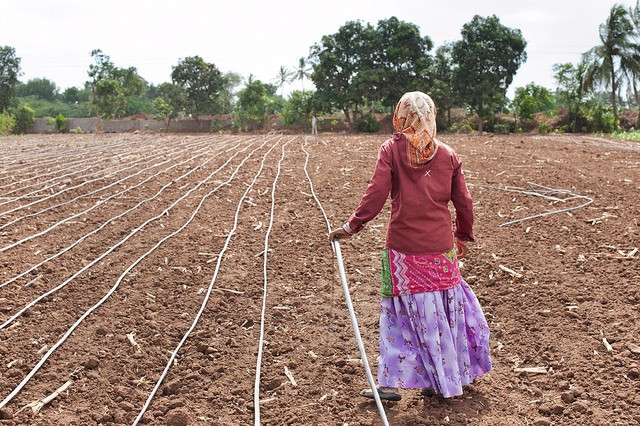
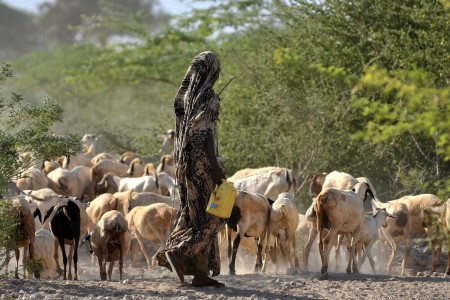



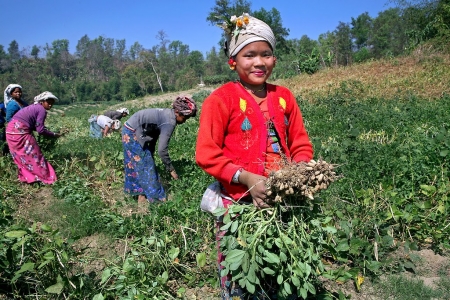



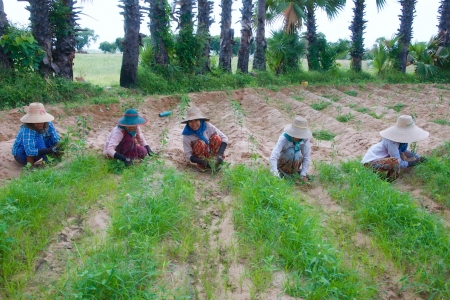
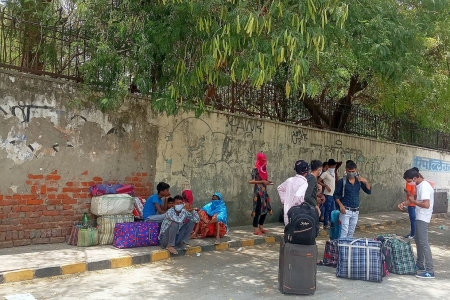




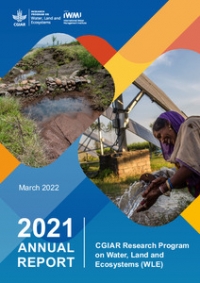
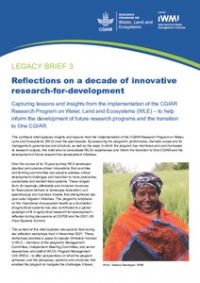
Comments
A very relevant area to research on, especially in this age of climate dynamics. I am pursuing gender dynamics in irrigation water in my doctoral studies. and so i am so excited about all this.
This is quite interesting ,lm actually writing a gender module on involvement of women in Drip Irrigation.
Add new comment